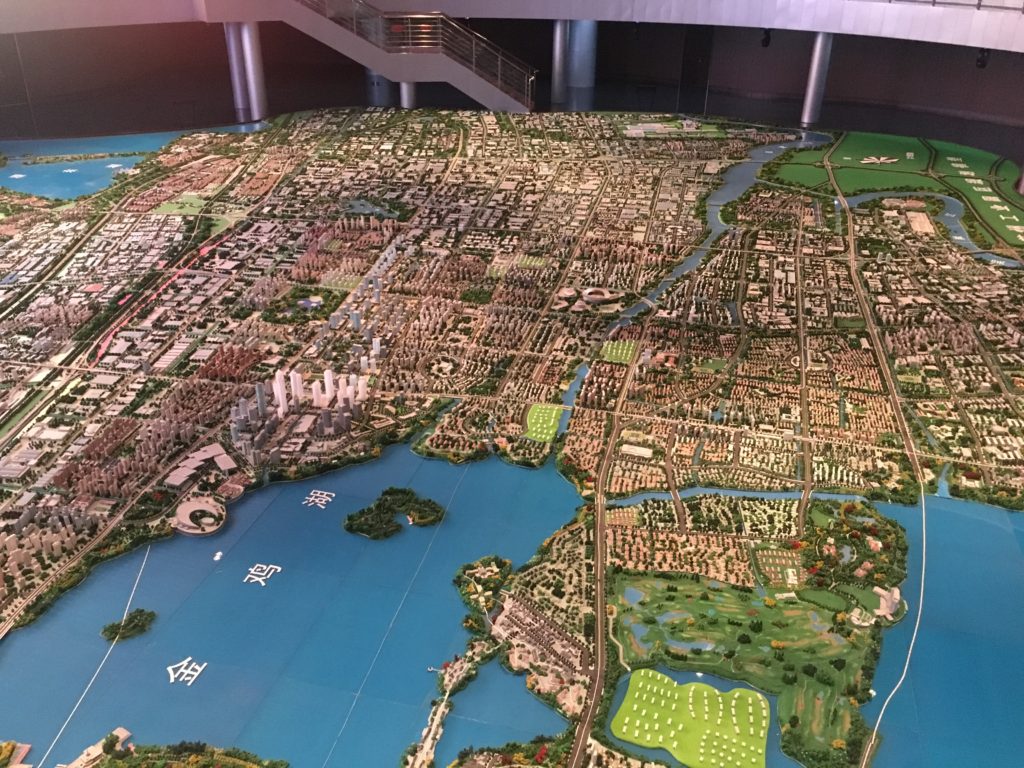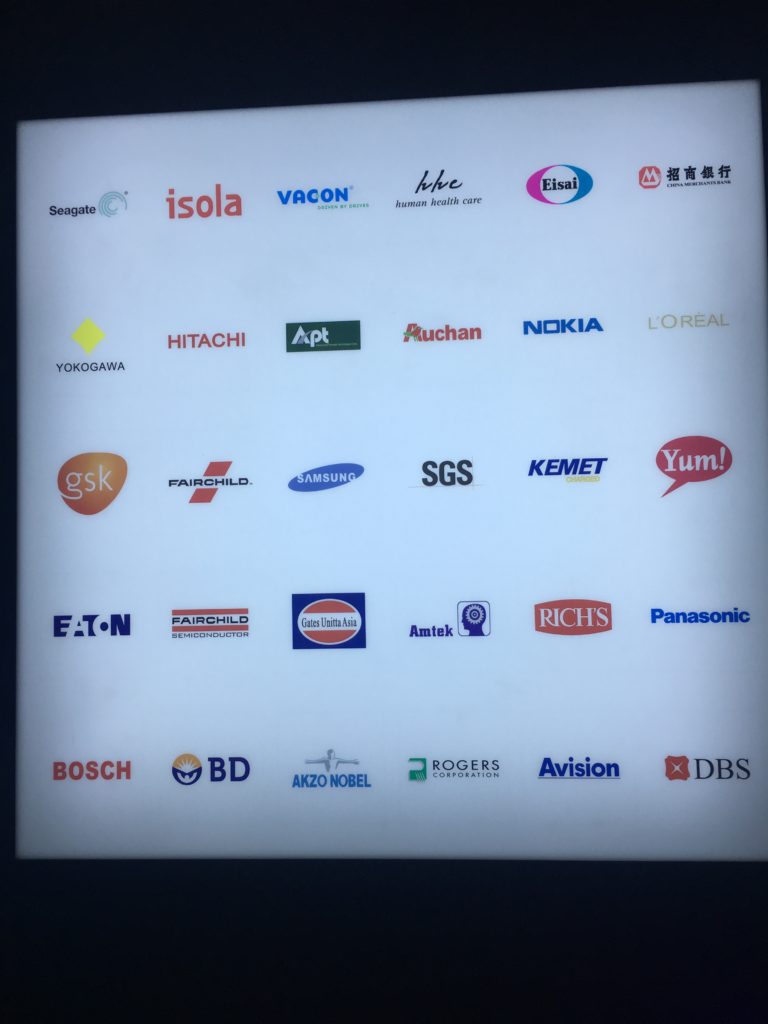Following from my last article, I would like to find some answers as to whether Turkey could replicate the success of Suzhou Industrial Park in Diyarbakir.
Actually, some work has already been carried out in this field.
A reputable businessman and philanthropist, Erdal Aksoy, aims to replicate the project in Diyarbakir in order to create an eco-system for 1 million people in the region, including Syrian migrants.
Turkey has a strategic role in natural gas transit because of its position between the world’s second largest natural gas market, continental Europe, and the substantial natural gas reserves of the Caspian Basin and the Middle East.
Since Turkey is well placed to serve as a transit hub for oil and natural gas supplies as they move from Russia, Central Asia, and the Middle East to Europe and other Atlantic markets, the project is to develop an energy industrial park as the main platform to:
- Create employment to improve lives in order to stabilise the region, particularly at the borders.
- Leverage the energy resources and infrastructure in the region and target markets in Eastern Europe and Western Asia.
- End the refugee crisis in Turkey and Europe.
- Eradicate terrorism and maintain stability in the region.
The project will involve social housing (HDB equivalent in Singapore or council housing in the UK), education centres such as nurseries, primary schools, and universities, as well as hospitals for the health services.
To ensure that it is built on strong foundations, the project is intended to be a public private partnership involving the Turkish government and possibly other governments.
Surbana Jurong, a Singapore company that also provided the expertise for Suzhou Industrial Park, has already drafted the project and the Turkish government has already been briefed and promised support for the project.
The next step is to find other sustainable and strong partners, especially from Asian countries such as China and Singapore, to support the project.
Mr Aksoy is quite open to sharing the project with anyone that would like to enhance and take ownership of this huge socio-economic innovation.
The realisation of a project of this scale could bring stability and prosperity to the region, and could potentially be replicated in other parts of the Middle East.
Personally, I believe that this is an exciting project and that everyone who wishes to contribute to peace of Middle East shall be involved in it.
All the best from Singapore.
Sukru Haskan
Twitter: @sukru_haskan




